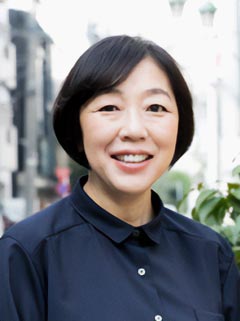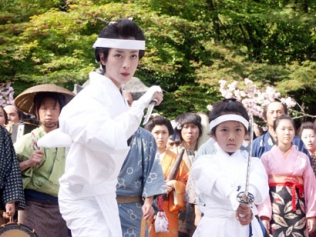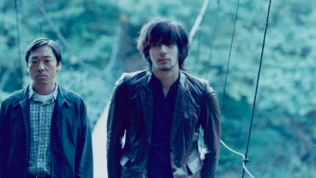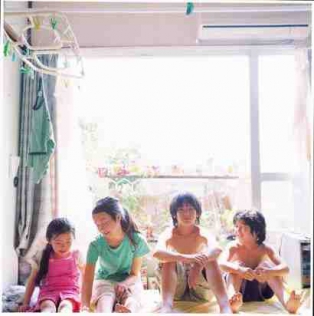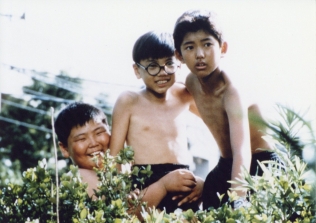The Essence of “Good Filmmaking” Discovered on Somai Shinji’s Sets in the 1990s.
In the 1990s, there was a filmmaker who created new waves in the Japanese film industry. I’m referring to Yasuda Masahiro. It is questionable as to whether ordinary film fans are familiar with his name, as he took pains to avoid the spotlight during his lifetime.
Yasuda joined the film and commercial production company Dentsu Film Company after college and developed and directed numerous TV commercials, and later went independent. He established Engine Film in 1987 and worked on films directed by Somai Shinji. The first film was Somai’s “Tokyo Heaven“ in 1990. This film is a projection of Tokyo’s razzle-dazzle ad industry during the economic bubble, which Yasuda knew from personal experience.
The film was produced by Director’s Company, the director-led production company that Somai established with Hasegawa Kazuhiko, Ishii Sogo, Izutsu Kazuyuki, Ikeda Toshiharu, Omori Kazuki, Kurosawa Kiyoshi, Takahashi Banmei and Negishi Kichitaro. The company went bankrupt in 1992. He reflected on this confusing period in his essay ‘Somai Shinji, jisaku wo kataru’ (Somai Shinji Talks about His Films) from ‘Somai Shinji saitei na hibi‘ A People (Somai Shinji the Worst Days), commenting that “after shooting that film, I said ‘I’m quitting film.’”
However, Somai teamed up with Yasuda once again to shoot “Ohikkoshi” in Kyoto and “The Friends” in Kobe and developed his conscientious depictions of the inner lives of elementary school children growing up. After observing Somai’s directorial approach that elicited spontaneous performances from the actors, Yasuda discovered potential in a young director named Kore-eda Hirokazu. Later, Yasuda was credited for development (kikaku) on six of Kore-eda’s films: “Wonderful Life” (1999), “Distance” (2001), “Nobody Knows” (2004), “Hana” (2006), “Still Walking” (2007), and “Air Doll” (2009). Kore-eda matured into a director who powered the Japanese film industry in the 2000s and augmented its international presence.
Yasuda also discovered Nishikawa Miwa. He handled development for three films, namely “Wild Berries“ in 2003, “Sway“ in 2006 and “Dear Doctor“ in 2009. Each of these works depicted the struggle between lies and authenticity and earned Nishikawa high esteem. In addition, one senses a singular connection from Somai to Nishikawa through the actor Shofukutei Tsurube. In Somai’s “Tokyo Heaven“, Tsurube appears as both the supporting character who accosts the protagonist and the “Cricket” angel in heaven. Tsurube also gave a splendid performance as the two-faced unlicensed doctor in Nishikawa’s “Dear Doctor“, and he won numerous honors for best actor including the 33rd Japan Academy Awards. However, on March 8, 2009, Yasuda suddenly passed away. His final credit for development was Kunimoto Masahiro’s “Fireworks from the Heart“ (2010).
Shortly after Yasuda’s death, Kore-eda published a blog post discussing why Yasuda disliked being credited as producer and confined himself to the ‘development‘ credit line. Yasuda collaborated with the director for the screenplay and casting but did not interfere with the director’s work on set, and Kore-eda wrote that “I think this sensitivity was likely a stance that Yasuda developed through working with Somai Shinji.”
Yasuda explored the essence of good filmmaking that he discovered on Somai Shinji's sets in the 1990s, which he brought to full blossom with Kore-eda and Nishikawa’s filmmaking in the 2000s. I propose we reconsider the achievements of this filmmaker who watched over the careers of three distinctive directors.

